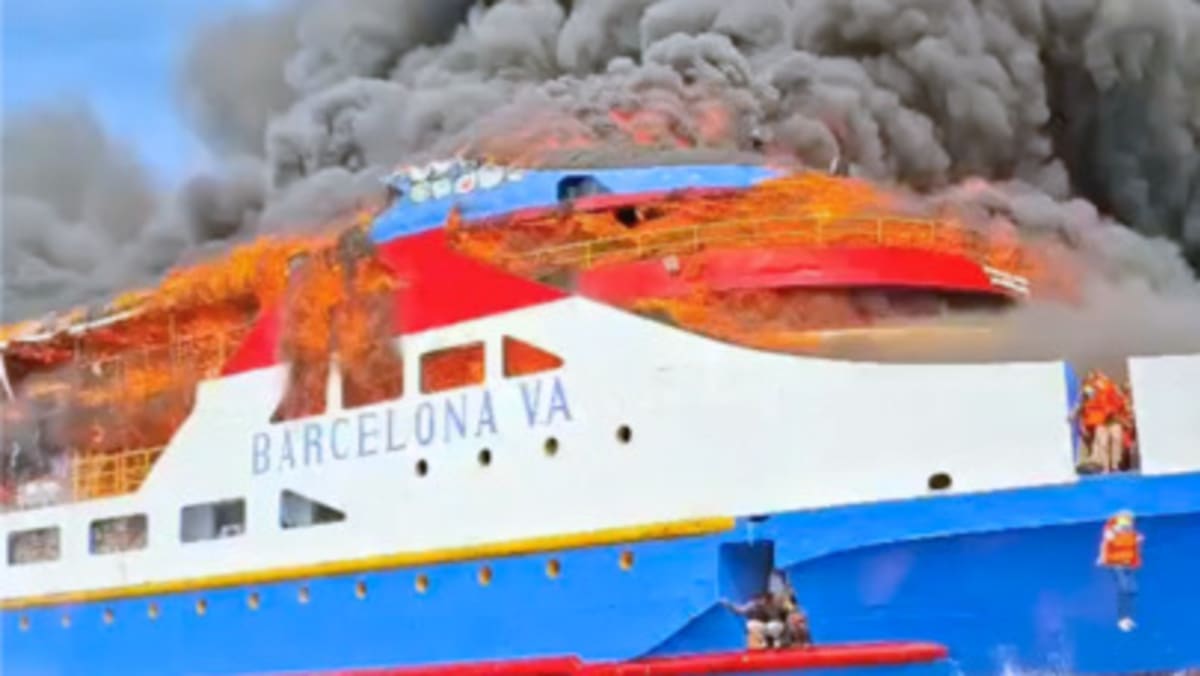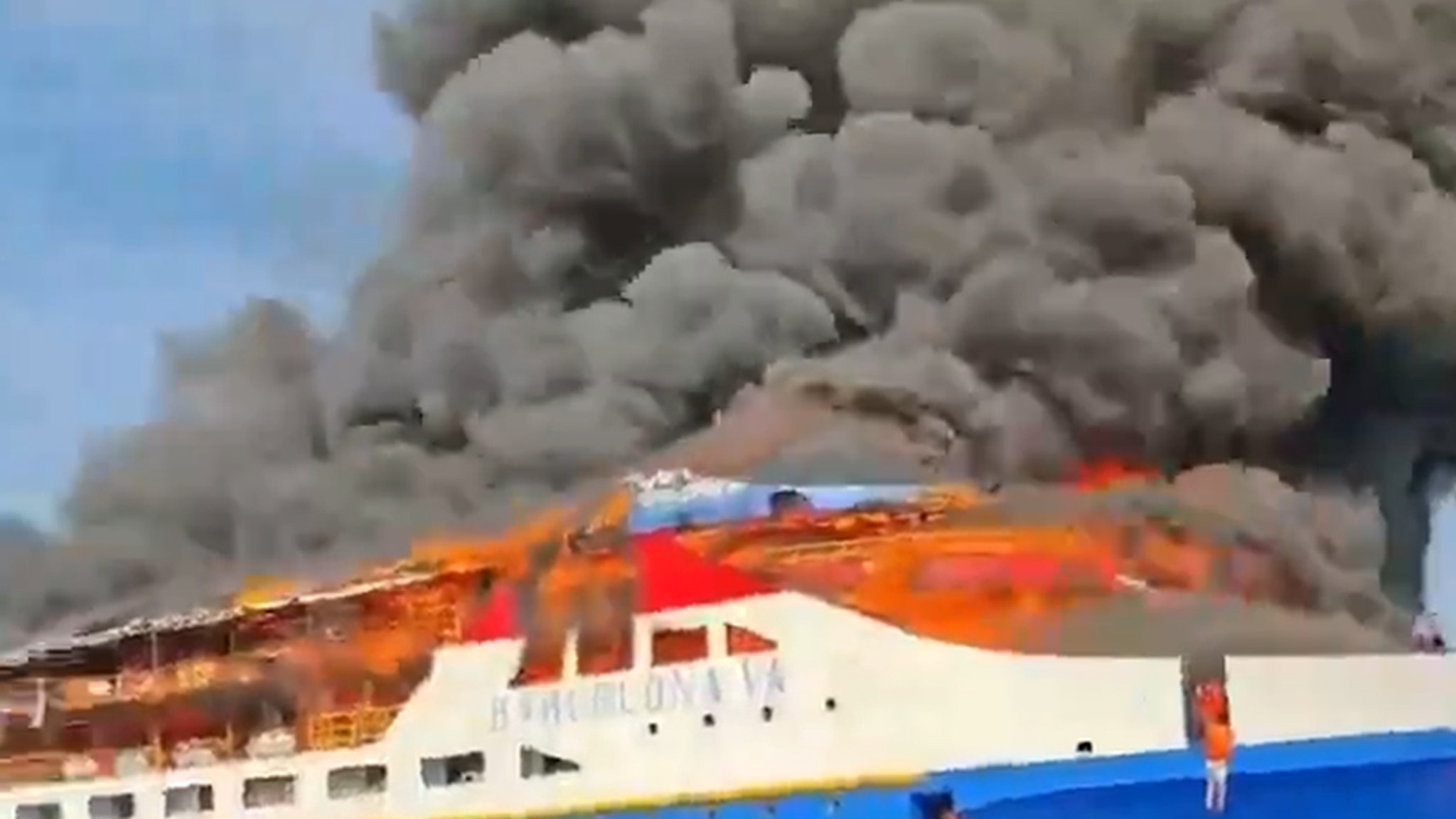On July 20, 2025, tragedy struck off the coast of North Sulawesi when the KM Barcelona 5 ferry erupted in flames while carrying approximately 280 passengers. Witnesses reported scenes of sheer chaos as terrified individuals jumped overboard, desperately seeking refuge in the waters below. Rescuers, mobilized in a swift response to the disaster, announced that more than 560 people were saved, though the devastation of the incident was marked by the loss of at least five lives, including that of a pregnant
Did You Know
The smell of freshly-cut grass is actually a plant distress call.
?
AD
woman. Eyewitness accounts paint a harrowing picture of survival amid terror, highlighting the fragility of life in moments of cataclysm.
The fire reportedly ignited at the stern of the vessel while en route to Manado, the capital city of North Sulawesi, raising grave concerns about the safety protocols on Indonesia's ferries. As rescue crews worked tirelessly to navigate the perilous conditions, many survivors clung to life jackets in the turbulent sea, where panic and fear reigned. The crisis underscored the ongoing issues regarding maritime safety within Indonesia, an archipelago composed of over 17,000 islands, where ferry travel remains a primary mode of transportation for countless locals and tourists alike.
This recent catastrophe is not an isolated incident but rather part of a troubling trend in Indonesia, where tragedies on the water are all too common due to insufficient safety enforcement. Calls for stringent regulations are echoing louder in the wake of this disaster, as families mourn their losses and survivors recount their close brushes with death. In the aftermath, the nation grapples with the pressing need for systemic change to ensure that such tragedies do not haunt its waters again, reminding everyone of the inherent risks of sea travel in this beautiful yet perilous region.
Q&A (Auto-generated by AI)
What caused the ferry fire in Indonesia?
The exact cause of the ferry fire is still under investigation. However, such incidents are often linked to mechanical failures or electrical malfunctions on board. In this case, the KM Barcelona 5 was carrying hundreds of passengers when it caught fire off the coast of Sulawesi island. The rapid spread of flames suggests a significant fire hazard, leading to a major evacuation effort.
How many people were on board the ferry?
The KM Barcelona 5 was reported to be carrying approximately 280 passengers at the time of the fire. Rescue operations successfully evacuated over 560 individuals, indicating that the ferry may have been operating beyond its intended capacity or that additional crew members were also included in the rescue totals.
What safety measures are in place for ferries?
Ferries are typically required to adhere to safety regulations, including regular inspections, life jackets for all passengers, and emergency evacuation plans. However, enforcement can vary significantly, especially in regions like Indonesia, where safety protocols are often criticized for being inadequately implemented, leading to frequent maritime accidents.
What is the history of ferry disasters in Indonesia?
Indonesia has a troubled history with ferry disasters due to its vast archipelago and reliance on ferries for transportation. Incidents often result from overcrowding, poor maintenance, and inadequate safety measures. Notable disasters include the 2009 sinking of the MV Leuser, which killed over 200 people, highlighting ongoing safety challenges in the maritime sector.
How do rescue operations typically work at sea?
Rescue operations at sea involve coordinated efforts from various agencies, including the coast guard, navy, and local rescue teams. When a distress signal is received, responders deploy ships and helicopters to locate and assist survivors. In this incident, multiple rescue vessels and inflatable boats were mobilized to evacuate passengers from the burning ferry.



















